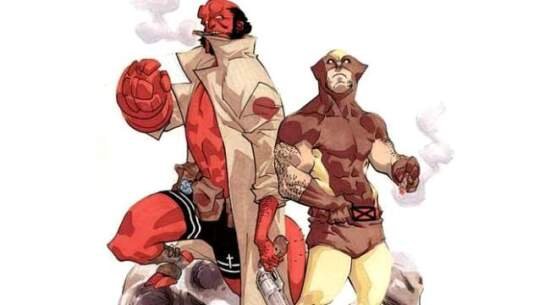North Dakota in the United States has legislation which specifically allows flying drones used for policing to be equipped with Tasers, pepper spray and rubber bullets. This is not new thinking. Comic books both in the US and Japan have long considered militarised robots, although ordinarily on a gargantuan scale for visual effect. (For the purposes of this discussion, we exclude “mecha” and other forms of exoskeletons, like “Iron Man”, “Gundam”, and “Neon Genesis Evangelion”).
In US comic books, most robots tend to be opponents to altruistic superheroes. Here is the schematic for a Sentinel, a mutant hunting robot most often seen in Marvel Comic’s “Uncanny X-men” titles:



